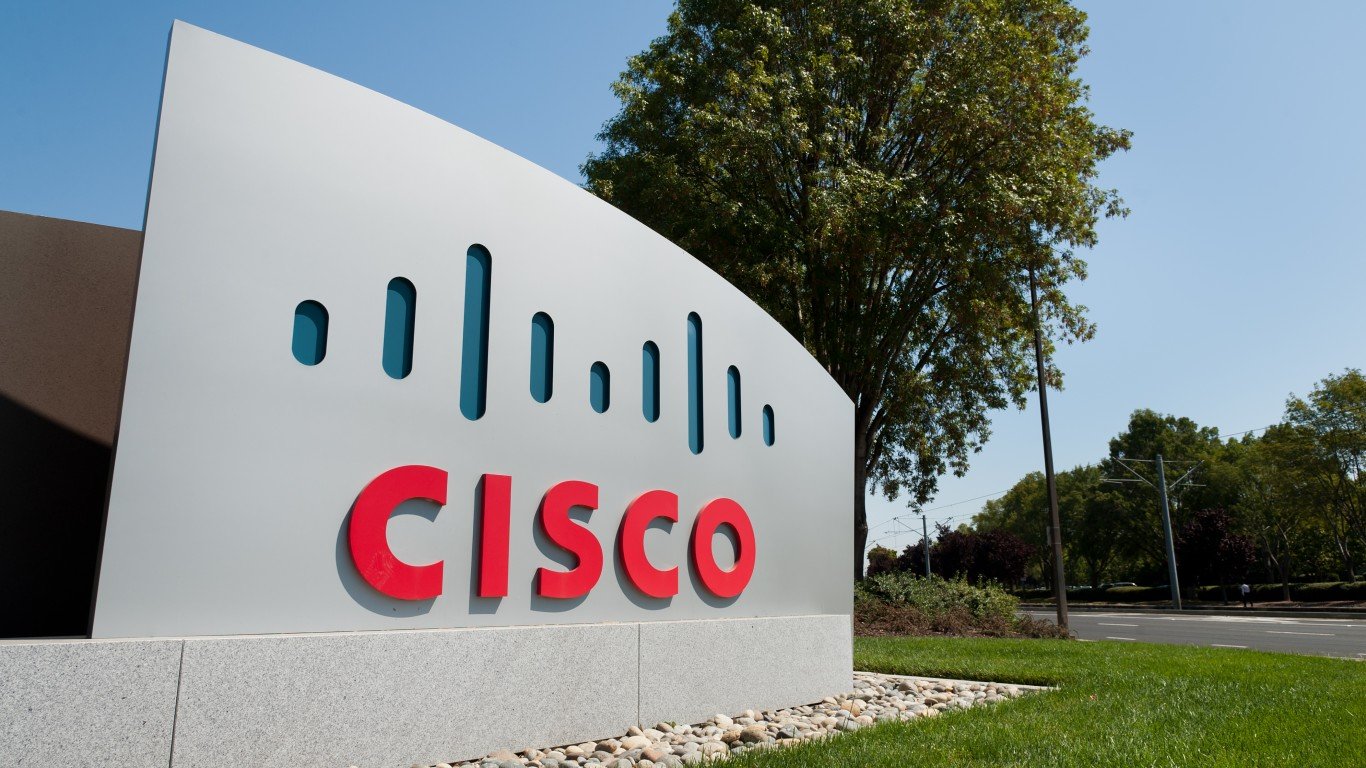

The four largest U.S. cloud computing providers (Amazon, Google, Microsoft and Meta Platforms) are expected to spend around $150 billion this year on capital equipment. Including the three largest Chinese cloud providers (Alibaba, Tencent, Baidu) and Oracle, the top eight cloud providers will spend about $174 billion on capital equipment, a year-over-year increase of 20.3%.
Capital spending (capex) for the elite eight is expected to rise by just 10.5%, according to a recent research note from analyst Vivek Arya at Bank of America Global Research. That somewhat stunted growth projection for 2023 is “necessary in the required resetting of expectations at data center-exposed chipmakers.” That group includes Advanced Micro Devices Inc. (NASDAQ: AMD), Broadcom Inc. (NASDAQ: AVGO), Credo Technology Group Holding Ltd. (NASDAQ: CRDO), Intel Corp. (NASDAQ: INTC), Marvell Technology inc. (NASDAQ: MRVL), and Nvidia Corp. (NASDAQ: NVDA).
Although growth is expected to be much slower in 2023, it could be revised even lower Arya said: “Many cloud vendors are exposed to cyclical factors (ad-spending, e-commerce) and could choose to sweat server/networking assets longer or delay upgrades.” He recalled that in the past two economic downturns, growth among the top seven chipmakers fell to around 4% to 5% before recovering to the historical annual growth rate of 25% to 30%. Over the longer term, BofA is bullish on the chipmakers and expects capex to return to its historical rate.
Here is a brief rundown of BofA’s current outlook for the six chipmakers.
AMD
AMD has a Buy rating from BofA and a price objective of $110. Since February, the analysts have twice cut their rating on the stock, from $190 to $160 in February and to $110 in June. BofA’s rating assumes a 2023 adjusted earnings per share (EPS) multiple of 24. At a recent price of around $80 a share, the upside potential at the BofA price objective is 37.5%.
Downside risks include integrating the Xilinx acquisition, stiff competition, “lumpy” consumer and enterprise spending, reliance on a single outsourced fab and a now-mature game console cycle.
Broadcom
Broadcom also gets a Buy rating from BofA, with a price objective of $625, which is down from $780 in a late June revision. The bank based its price objective on an estimated enterprise value to free cash flow multiple of 18 in 2023, noting as well the company’s best-in-class profitability, free cash flow generation and shareholder returns. At a recent price of around $491 per share, the upside potential based on BofA’s target is 27.3%.
Downside risks include chip cycle risks, high exposure to Apple and that company’s potential of designing its own chips, and recent moves into noncore software businesses.
Credo
Credo is also Buy-rated by BofA’s analysts, and it has a price objective of $15, cut from $17 in late June. At a recent price of $11 a share, the upside potential at BofA’s target is 36.4%. The bank’s price objective is based on an estimated 2024 enterprise value to sales multiple of six, in line with high-margin peers.
Downside risks include more competition from large-cap peers Nvidia and Broadcom, delayed adoption of Credo’s active electrical cable products, lower spending by cloud providers and the company’s inability to scale.
Intel
Intel has an Underperform rating from BofA and a price objective of $39. Shares were trading at more than $38 just before noon on Friday, so the analysts do not think there is much headroom left. They based their price target on an estimated multiple of 13 to 2023 EPS, not including stock compensation expenses.
Upside risks include a breakthrough on 7-nanometer yields, new products, improving product mix and foundry issues for competitors. Downside risks include weaker than expected trends in the PC market, more delays in 7-nanometer process technology, more market share loss to AMD and tougher competition in the data center market.
Marvell
Marvell has a Buy rating from BofA’s analysts, along with a price objective of $60. BofA lowered its target from $90 in late June. The price target is based on a multiple of 23 to estimated fiscal 2024/calendar year 2023 EPS. At a recent price of around $48, the upside potential on the stock is around 25%.
Downside risks include integrating recent acquisitions, transitioning from a net debt to a net cash position, cyclical risks and competitive risks from Broadcom, Intel and Nvidia.
Nvidia
Nvidia is also given a Buy rating by BofA’s analysts, who have a $220 price objective. That is based on an estimated 2023 price-to-earnings ratio of 38. At a recent price of about $156, the upside potential based on BofA’s price objective is 41%. The bank cut Nvidia’s price target from $270 in late June.
Downside risks include Nvidia’s exposure to the mature PC market; competition from Intel and others in the high-performance computing market; “lumpy” sales in new enterprise, data center and autos markets; potentially lower capital returns; slower growth in automobile technology; and higher operating expenses.
Essential Tips for Investing: Sponsored
A financial advisor can help you understand the advantages and disadvantages of investment properties. Finding a qualified financial advisor doesn’t have to be hard. SmartAsset’s free tool matches you with up to three financial advisors who serve your area, and you can interview your advisor matches at no cost to decide which one is right for you. If you’re ready to find an advisor who can help you achieve your financial goals, get started now.
Investing in real estate can diversify your portfolio. But expanding your horizons may add additional costs. If you’re an investor looking to minimize expenses, consider checking out online brokerages. They often offer low investment fees, helping you maximize your profit.
Thank you for reading! Have some feedback for us?
Contact the 24/7 Wall St. editorial team.
 24/7 Wall St.
24/7 Wall St.


